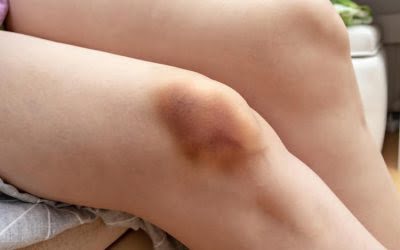Naltrexone for the Management of Alcohol Dependence
Dr. Volpicelli highlights that having a supportive environment is key to breaking free from alcohol dependence. Naltrexone is a medication approved by the Food and Drug Administration (FDA) and used in medication-assisted treatment (MAT) to treat both opioid and alcohol use disorders. Naltrexone is not the only medication used to treat Alcohol Use Disorder (AUD). Each drug works differently in https://khialabaya.com/what-is-wernicke-korsakoff-syndrome-or-wet-brain/ the body to address alcohol dependence.
- This approval marked a significant step in medication-assisted treatment for alcohol use disorder.
- To prevent this, some experts recommend taking another dose of naltrexone or using the injectable form so the concentration doesn’t dip over time, just in case more alcohol is consumed than planned.
- If you’re dependent and planning to quit suddenly, seek medical supervision.
- Additionally, to avoid dangerous Naltrexone interactions, always tell your medical provider about the current medications you take.
Naltrexone in Medication-Assisted Treatment Program
The reduction in alcohol-related problems and improved overall health can contribute to a better mood over time. These interventions can help patients develop coping skills, address underlying psychological factors, and build a strong support network, all of which enhance the effectiveness of naltrexone treatment. Based on these assessments, doctors may adjust the naltrexone dose, change the dosing schedule, or modify the treatment plan. This ongoing monitoring ensures that patients receive the most effective and safe treatment possible.
What are the serious side effects of naltrexone?
Concomitant supportive counseling or active medical guidance, as described in the Clinical Use section, is an essential counterpart to medication. Spousal reports and blood tests are helpful to gauge progress and provide objective feedback. Treatment for at least 4 months is indicated, with follow-up monthly for up to a year. Treatment may be reinstituted at the first sign of relapse to heavy drinking or if craving increases.
- Our writers and reviewers are experienced professionals in medicine, addiction treatment, and healthcare.
- The clinical services offered through this website are provided by Bicycle Health Medical Group, PA and Bicycle Health Provider Group Inc., that are independent, physician-owned medical groups.
- These red flags include confusion, hallucinations, high fever, uncontrolled vomiting and severe tremors.
- Naltrexone, a medication for alcohol use disorder, works by blocking the brain’s pleasure response to drinking.
- When naltrexone is taken at home, it is usually taken once a day with or without food.
Naltrexone for Alcohol Withdrawal: When It’s Used, Dosage, and More
When discontinuing naltrexone, a gradual tapering process is often recommended to minimize potential withdrawal effects. This typically involves reducing the dose over several weeks under medical supervision. The optimal duration of naltrexone treatment for alcohol use disorder remains a subject of ongoing research. Current guidelines suggest a minimum treatment period of several months, with many experts recommending longer-term use for sustained benefits. The effectiveness of naltrexone in treating alcoholism is not uniform across all patients. Several factors can significantly influence treatment naltrexone side effects success.
Once we clear the alcohol from your system, you can then start Naltrexone treatment. The Naltrexone will prevent you from craving alcohol in the long run. At Long Island alcoholism symptoms Interventions, we have a dedicated team of experts who will help you regain control of your life. Our state-of-the-art facility offers various treatment options, including medication-assisted treatment with Naltrexone.

For informational purposes only, a link to the federal Centers for Medicare and Medicaid Services (CMS) Open Payments web page is provided here. Learn how Thrive’s home-based program, centered on naltrexone, helps you take control of alcohol and rebuild your confidence. Some ingredients may interact with this medication and cause side effects.

Over time, this approach can help reshape drinking patterns, reducing cravings and dependence. It does not punish drinking but instead blocks the euphoric effects of alcohol. If a person relapses and uses the problem drug, naltrexone prevents the feeling of getting high. People using naltrexone should not use any other opioids or illicit drugs; drink alcohol; or take sedatives, tranquilizers, or other drugs. By combining naltrexone treatment with these complementary strategies, individuals can develop a comprehensive approach to managing alcohol cravings and supporting long-term recovery.
